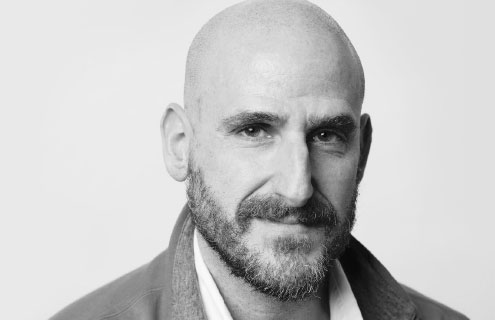USA Risk Group
New USA Risk Group CEO and president Stephen Roseman explains why the dynamism of the insurance market means his company must become a thought leader in the captive space
How are you settling into your new role as CEO and president at USA Risk?
It is a relatively unusual situation in so far as the formal role of CEO and president at USA Risk is new for me but I have been very involved in the company since [Spencer Group] acquired the company three years ago. So, I am new to the title but not to the company or the role. I have been very involved with all the folks here, with the officer and leadership team, with the office heads and with the business strategy as we think about how the captive industry and our business are developing.
What is your long-term plan for USA Risk Group in the captive space?
There is a lot of opportunity for growth, and it has been our top priority for 2018. In fact, it’s been our top priority going back as far as the last few years; it’s been what we have been working towards, we’ve been focusing on growth. From our standpoint, if you look at the Fortune 1,000, I know some people will quote statistics about captive penetration in the Fortune 500 or the Fortune 100, but if you think about the Fortune 1,000 I would argue that that market is overserved, meaning there is a lot of folks focusing on that particular market. At the same time when you look at the whole rest of the market globally and certainly domestically, it is very underserved.
Regarding what we see and what we’re focused on, the idea is to make sure that we are out there as a thought leader and an education leader in the captive space, especially given the changes and how dynamic insurance is becoming. More so than it historically has been it is dynamic for the client base and dynamic for the solutions providers, whether you are a captive manager or you’re just one of the commercial insurers, so being a thought leader and a business practice leader is critical for us.
What have USA Risk Group got planned for the next six to 12 months? Have you put any new plans in place since starting the role?
We are focusing on allocating resources to this growth and outreach from an education standpoint. Outreach to establishing our role as a thought leader for education for example, as part of the next six to 12 months that is a significant focus.
Since I took over the role my phone has been ringing off the hook with companies throughout the insurance, consultancy and captive world, all parts of the food chain reaching out to me to explore how we might work together, collaborate and grow together. That is going to be a big emphasis, our involvement in the ecosystem is going to expand dramatically over the next six to 12 months.
How strong do you think the current US captive market is?
In what is widely understood to be a challenge, some of the largest, oldest domiciles in the US have been soft in terms of formations in the last few years, and that’s not to say there is no growth at all in captives but certainly in some of the more established domiciles growth has been anaemic and that is as a result of the softening of the market.
From our standpoint, as people have a better understanding of how to use captives and where captives might fit the market will eventually harden. We want to be there as an education and thought leader with helping prospective clients understand how they might better use captives as an alternative risk financing tool.
I believe the softness in the market today from a captive formations standpoint is transitory. Obviously, tax reform has had something of an impact at least regarding the conversation people are having about captives, but I also believe that this tends to be cyclical and the cycle will turn.
What effect do you believe the US Tax Reform and BEPS will have on the captive market in the US?
The biggest challenge from our standpoint with the US tax reform is the digestion of the sweeping change and understanding the knock-on effects. We have a dedicated tax counsel that has focussed on this from a few different firms, so we are getting a variety of thoughts on this regarding how they perceive this tax reform will impact captives.
The clear message from them is that wading through the morass of tax reform regulatory change is proving to be complex and for all of the potential positives that have come about in terms of tax reform, lower corporate tax rate domestically for example, there are tweaks and nuances to rules around captives, definitions of what it means to be an owner and rules of what it means to be an owner of an offshore vehicle for example and that is the part of the complexity that in our experience tax counsels are wary of.





